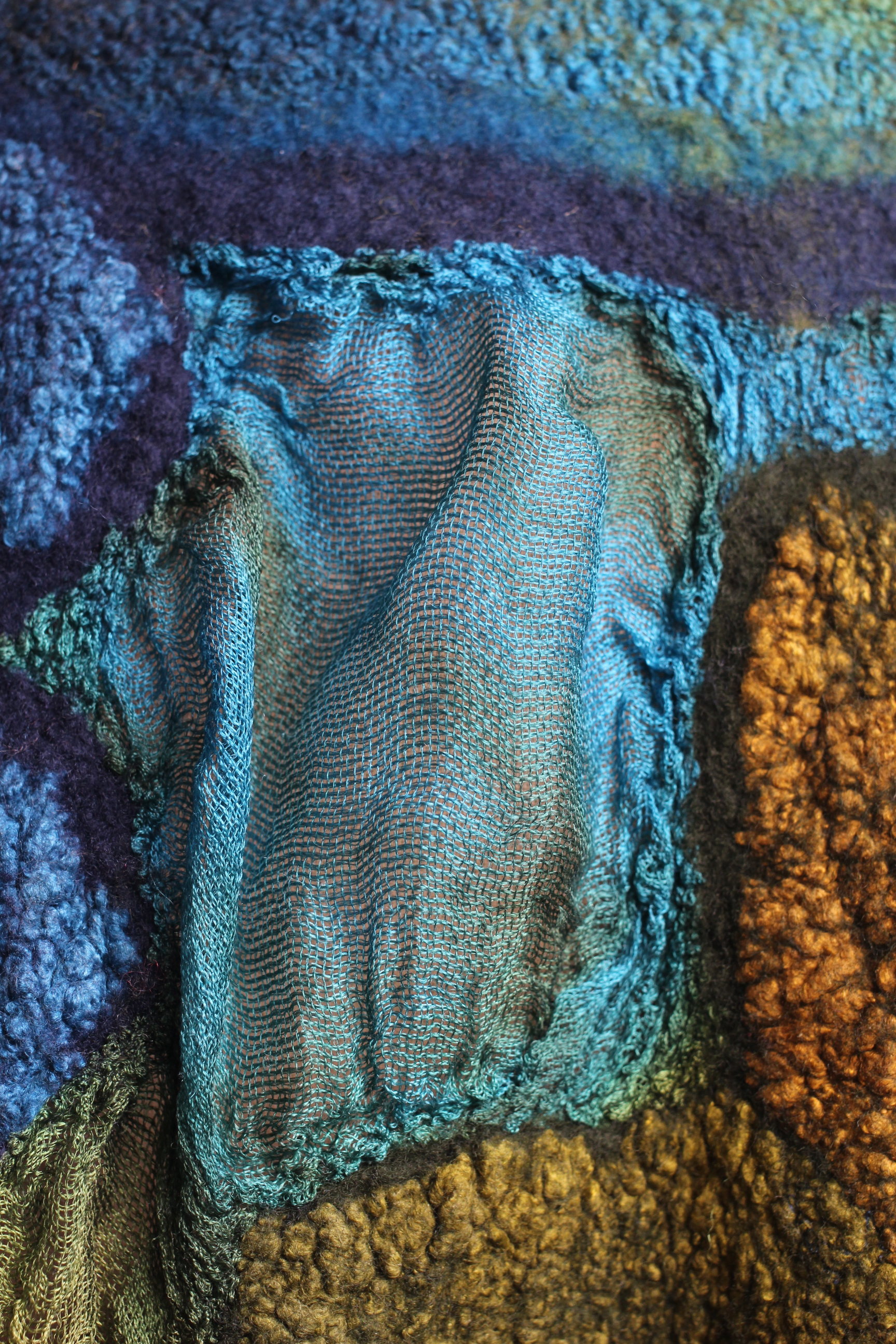Interesting information about fibres we love
Wool
There are many breeds of sheep that produce useable wool including Merino, Romney, and Drysdale to name but a few. Each breed has its preferred end use. Romney wool, for example, makes great carpets because it is very strong, lustrous and resilient. For applications requiring something softer, Merino is the preferred breed. The finer the wool the softer it feels against your skin. The fineness of wool is indicated by the thickness of the individual fibres which are measured in microns. Wool fibres generally range from 16-40 microns (the smaller the number the finer and softer the wool). At Treetops, we exclusively use 18.5 micron, superfine Merino wool tops – a beautifully soft and lustrous wool with excellent drape.
What are Tops?
Textile fibres are sent through a variety of industrial processes which will determine their end use. When fibres are classified as a ‘top’ it means that they have first been scoured then carded and combed. The combing machine separates the short fibres, neps and noils, from the longer more desirable ones. These longer fibres are then aligned in a perfect parallel rope-like preparation referred to as a ‘top’. From this preparation a worsted yarn will be spun. Worsted yarns create the highest quality fabrics.
Silk
Silk is spun by a caterpillar as a semi-liquid, continuous filament that hardens on contact with air. The smooth surface of the silk fibre reflects light, and this reflected light is seen as lustre. Silk is processed and sold in many forms. There are two major types of silk fibre depending on which species of caterpillar spins the silk.
Bombyx Mori Silk Tops
The Bombyx mori extrudes a pure white silk that is extremely fine and highly lustrous and is commonly known as ‘Mulberry Silk’. Bombyx mori silkworms are usually farmed and are only fed mulberry leaves which contain no tannin, thereby extruding a pearl-white silk.
Tussah Silk Tops
The other common silkworm is the Chinese Tussah silkworm which spins a lovely honey-coloured fibre. They are usually reared in the wild and feed on tree leaves which contain tannin, thereby creating a rich earthy palette of colours. At Treetops we import only grade A-1 Tussah silk tops and grade A-1 Bombyx silk tops from China for our dyeing.
Silk Throwsters Waste
This preparation of Bombyx silk consists of long lengths of silk filaments appearing as a tangled collection of fibres. It is a waste product from the silk reeling industry. Throwsters waste is fantastic for adding texture to your work.
Silk Hankies
Each silk hanky comes from one silk cocoon. To create the hanky the cocoon’s glue (called sericin) is softened and the cocoon is pierced and stretched over a small square frame similar in size to a handkerchief. Layers of cocoons are then stretched over the frame. Individually, each hanky is as sheer as a cobweb, but when several layers are peeled away together they give a denser, more textured appearance.

